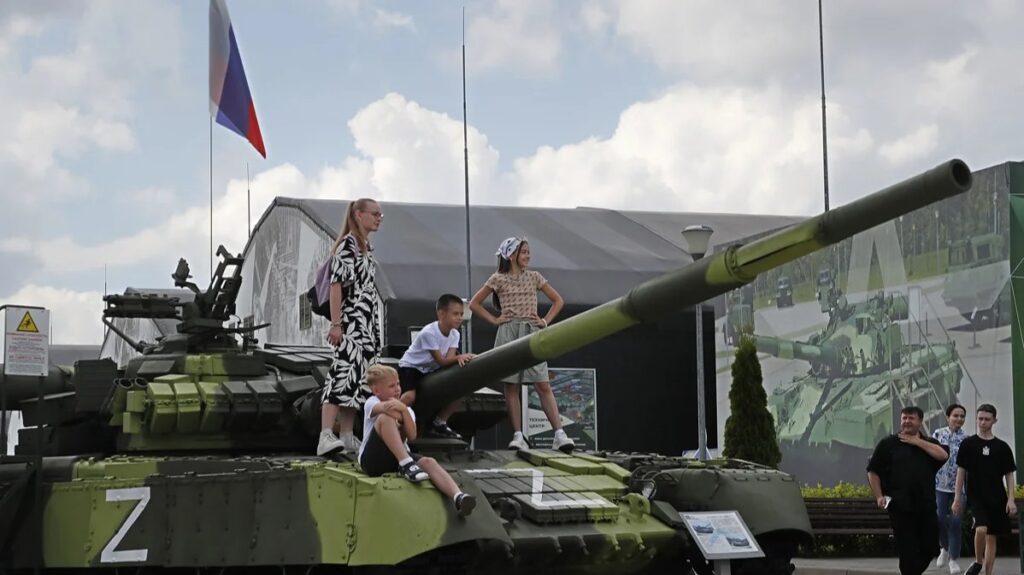Russia’s Economic Status: An Examination of Its High-Income Classification Amidst Ongoing Conflicts
The World Bank’s recent classification of Russia as a high-income country has sparked a flurry of discussions among economists, analysts, and policymakers. This change in status, announced on July 1, 2023, comes amid ongoing conflicts in Ukraine and long-standing economic sanctions. But does this classification genuinely reflect Russia’s economic health? Let’s delve deeper into the matter.
World Bank Methodology and Russia’s Economic Rise
The World Bank divides national economies into four income categories: low, lower-middle, upper-middle, and high income. This classification is based on each country’s gross national income (GNI) per capita, calculated using the Atlas method, which averages exchange rates over three years to smooth out fluctuations.
In the latest update, Russia, along with Bulgaria and Palau, ascended from the upper-middle income group to the high-income bracket. According to World Bank estimates, Russia’s GNI per capita increased by 11.2%, from $12,830 (€11,840) in 2022 to $14,250 (€13,130) in 2023. This growth was attributed to rising military expenditure, recovery in trade (6.8%), and expansions in the financial (8.7%) and construction (6.6%) sectors, leading to a real GDP growth of 3.6% and a nominal GDP increase of 10.9%.
A Closer Look at Economic Factors
While these figures might suggest a robust economic recovery, the reality is more nuanced. Russian economist Roman Kulikov (a pseudonym) told Novaya Gazeta Europe that the reported GDP growth heavily relies on increased military spending. Additionally, factors like sanctions and the sanctions-induced economic restructuring play a significant role.
In terms of average income, the state statistics agency Rosstat reported a rise in the average salary to 87,740 rubles (€917) in March 2023, marking a 22% increase from the previous year. However, this statistic doesn’t fully reflect the living standards of the general populace, as high inflation has simultaneously eroded purchasing power, as noted by the BBC News Russian.
Economists like Olga Shamina argue that World Bank figures might not provide a complete picture of citizens’ well-being. They highlight significant income inequality and an economic environment skewed toward defense expenditure, resulting in limited availability of many goods, a decline in tourism, and a struggling car market.
Historical Context and Economic Resilience
Russia’s journey to regain its high-income status has been turbulent. Between 2012 and 2014, Russia was classified as a high-income country. However, the annexation of Crimea in 2014 and subsequent sanctions triggered a cascade of economic challenges, including capital outflows and a depreciating ruble. Kulikov believes it took nearly a decade for Russia to recover from these shocks, referring to this period as a "lost decade."
Interestingly, the impact of the full-scale invasion of Ukraine in February 2022 appears to have had minimal destabilizing effects on Russia’s economy, largely due to increased military spending. However, this war-driven economic activity has not translated into improved living standards for the Russian populace. Economist Dmitry Nekrasov noted that the growth seen in Russia’s GDP is driven by war efforts rather than genuine economic revival. He predicts that much of this "bad" GDP will shrink once the conflict ceases, placing future economic stability in question.
A Comparative Perspective
In addition to Russia’s rise, the World Bank’s 2024 classification also saw Algeria, Iran, Mongolia, and Ukraine move from lower-middle to upper-middle-income status. Ukraine’s economy has shown resilience amid conflict, with a 5.3% GDP rebound in 2023 following a steep 28.8% decline in 2022. This resurgence was fueled by increased domestic production and investment, particularly in the construction sector.
Conclusion
While Russia’s reclassification as a high-income country might appear to signal a positive economic trajectory, the underlying drivers—military expenditure and sanctions adaptation—paint a more complex picture. The real economic benefits to the average Russian citizen remain dubious, overshadowed by inflation and income inequality. The future stability of the Russian economy, heavily influenced by its ongoing conflict with Ukraine, remains uncertain. For those interested in delving deeper into these topics, Novaya Gazeta Europe continues to provide in-depth analysis and updates.
For more detailed reports and continuing coverage, visit Novaya Gazeta Europe.
